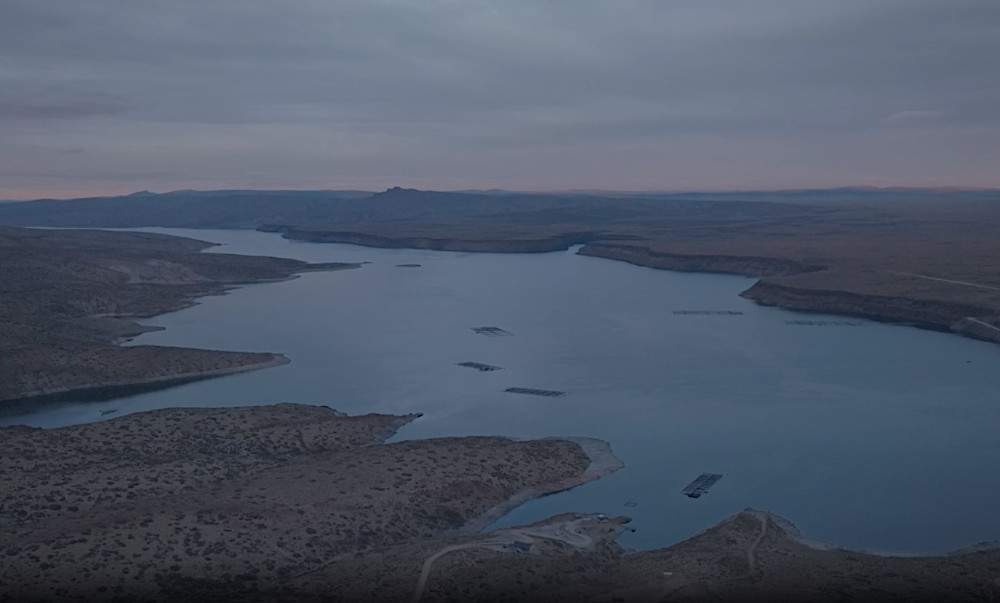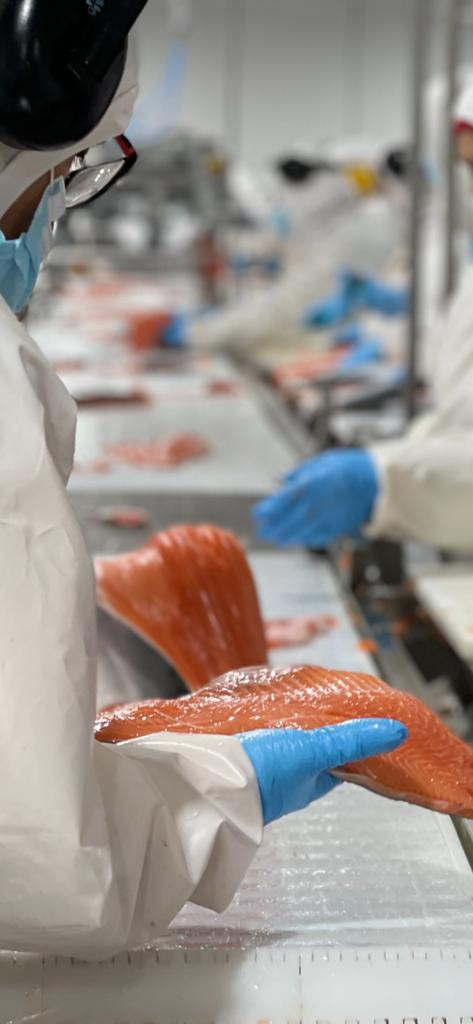|

Image: Idris Patagonia / FIS
They Claim Argentine Aquaculture Will Set Record in Job Creation and Foreign Currency in 2024
 ARGENTINA
ARGENTINA
Friday, April 19, 2024, 02:00 (GMT + 9)
The data corresponds to a study by the Latin American Foundation for Fisheries Sustainability (FULASP) in reference to the sector of the industry that has advanced the most in recent years. Between 2020 and 2023, its production in the country has already grown by 500%, with the same proportion in terms of direct and indirect job creation. In 2024 and 2025, even greater growth is expected that would place the country among the largest producers in Latin America.
According to the work, in the last three years local aquaculture has not stopped growing. This sector has already managed to generate million-dollar foreign exchange and is becoming a fundamental actor in generating employment in the extra-Pampean areas, in addition to collaborating strongly in import substitution.

Source: Idris Patagonia
As for the numbers, the report shows that between January 2020 and December 2023 (the data is consolidated in May of this year), production rose from 2,090 tons to 9,500 tons on average, showing an exponential growth in activity. in the national territory.

In turn, the survey projects that in 2024, production will grow between 20 and 30% more, placing the estimate between 12 and 13 thousand tons. Regarding employment, the projection foresees a 200% increase among all positions related to the activity.
In this regard, Raúl Cereseto, President of the organization, pointed out that Argentina “has great potential in aquaculture that is already being observed in the aforementioned data” and added that “it is a sector that has quickly become a source of employment and of economic development that can position the country as one of the pillars of food for the entire planet.”
In the country, the sector today has its most notable works underway in the provinces of Neuquén, Río Negro, Misiones and Chaco, although there are also important plantings in Corrientes, in the Province of Buenos Aires, in Tierra del Fuego and, to a lesser extent degree, in Mendoza. Among all these strongholds, species such as Bogas, Carps, Dorados, Mussels, Oysters, Pacú, Ranas and Surubíes, among others, are planted.

In 2024, it is expected that exports of farmed mussels will begin to strengthen, something unprecedented for Argentina, and trout exports to Japan and the United States, two fundamental markets with a lot of growth prospects. At the same time, the report maintains that work will also continue to replace imports, basically Chilean salmon, with local trout and that oysters produced in the province of Buenos Aires will begin to be massively marketed.
<-- Source: Idris Patagonia
Currently, throughout the world, more than half of the fish consumed by human beings comes from aquaculture, which shows that if exports from this activity are achieved in our country, they represent 45% of the foreign exchange generated by fish. , this sector will see that it has a short-term potential of around billions, and that, in addition, it could greatly exceed the direct and indirect jobs that extractive fishing generates today.
In that sense, FULASP projects record numbers between 2024 and 2025 for our country, which would potentially place Argentina in fourth place in Latin America in terms of proportional growth, just behind Chile, Brazil and Ecuador.
Following these data, finally, Cereseto stressed the importance of “the National State keeping aquaculture on the institutional agenda, and its close link with producers” because “it is an activity that is greatly increasing the country's coffers, which “It significantly increases the national GDP and contributes a lot to job creation.”
Source: Fundación Latinoamericana de Sostenibilidad Pesquera (FULSAP)
editorial@seafood.media
www.seafood.media
|



